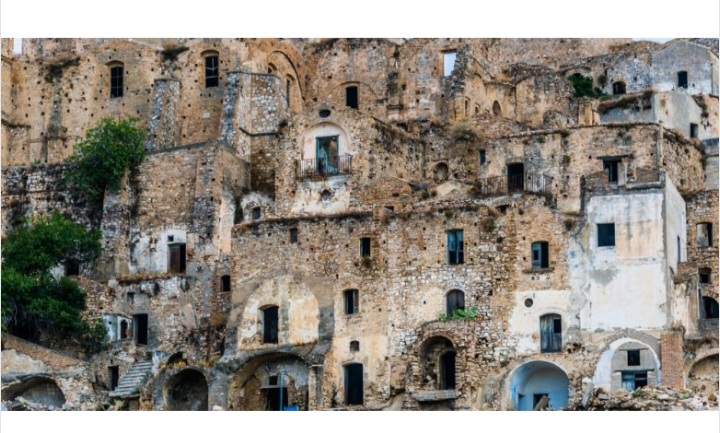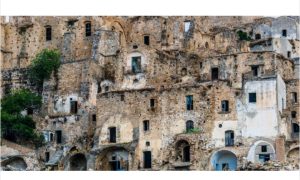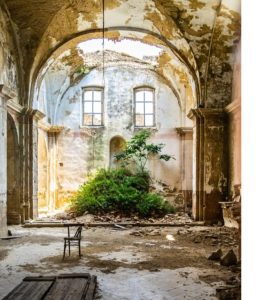

The Italian region of Basilicata was most famously described in Carlo Levi’s 1945 memoir, ‘Christ Stopped at Eboli’. Levi was a doctor, painter and antifascist from Turin. With the rise of Mussolini, he became a political exile and was banished to the arid badlands of the Italian south.
His new home could not have felt more distant from the prosperous, metropolitan north. He found himself in towns with no healthcare, electricity or running water; bandits roamed the countryside, and belief in magic and spells overshadowed Christianity. In one village, locals declared that ‘Christ stopped at Eboli’ – that religion and progress had effectively bypassed this part of the country. Levi’s book evoked a place adrift from Italy, Europe and, indeed, the twentieth century.
Much has changed in Basilicata since Levi returned to the north. But the ghost town of Craco, set in the badlands only a couple of miles from where he lived, is a relic of that ancient and mysterious Italy that he once knew – where stony ruins bake in the midday heat, and where the past looms far larger than the present and future.
Towering above the landscape on a rocky outcrop, the silhouette of Craco still stirs the imagination of passers-by. Craco was first settled by the Greeks in the sixth century AD, though tombs dating to the eighth century BC hint at an older incarnation.
It owes its present layout to the medieval period: in the twelfth century, a watchtower was added by the Normans, with a host of palazzi built in the following centuries. The town’s fortunes ebbed and flowed with that of the wider region. It was caught up in the upheaval of Italian unification in the nineteenth century and, by the twentieth century, saw an exodus of sons leaving for the New World.

It was an act of God, however, that proved to be Craco’s final undoing. The town’s precarious hilltop site, combined with a series of violent earthquakes and landslides, saw Craco deemed uninhabitable in the years after the Second World War. In 1963, almost all the inhabitants were moved to a new settlement in a valley nearby, and Craco was wholly abandoned in 1980.
